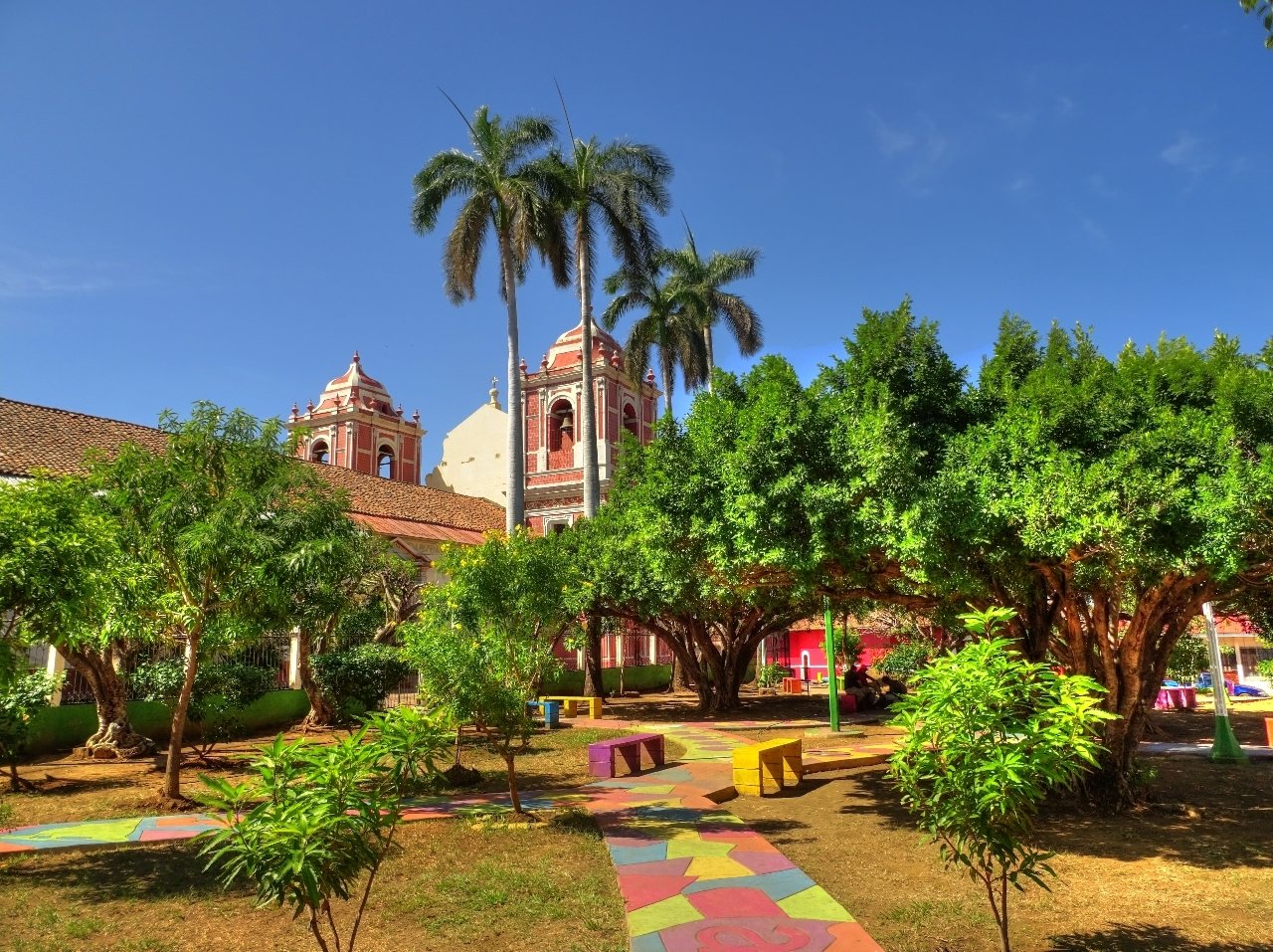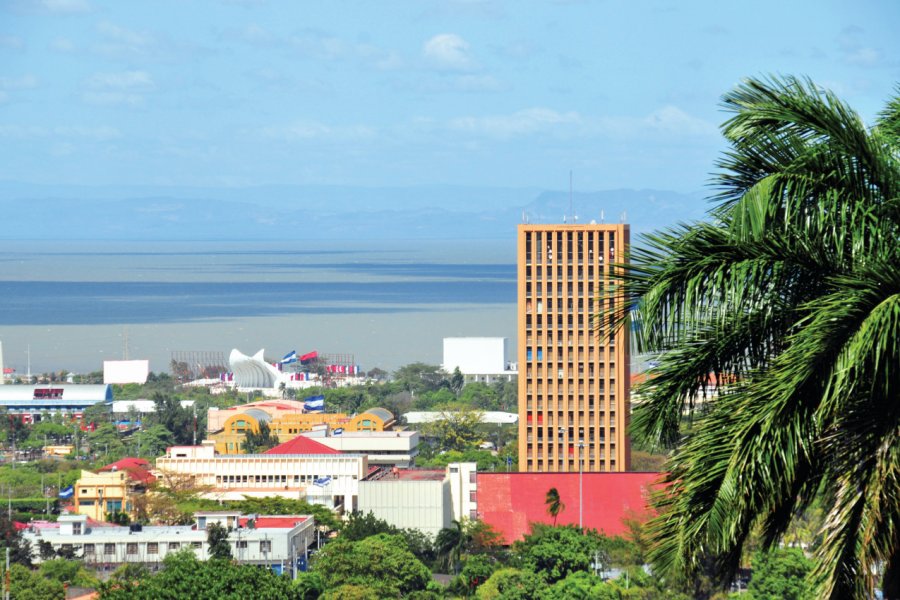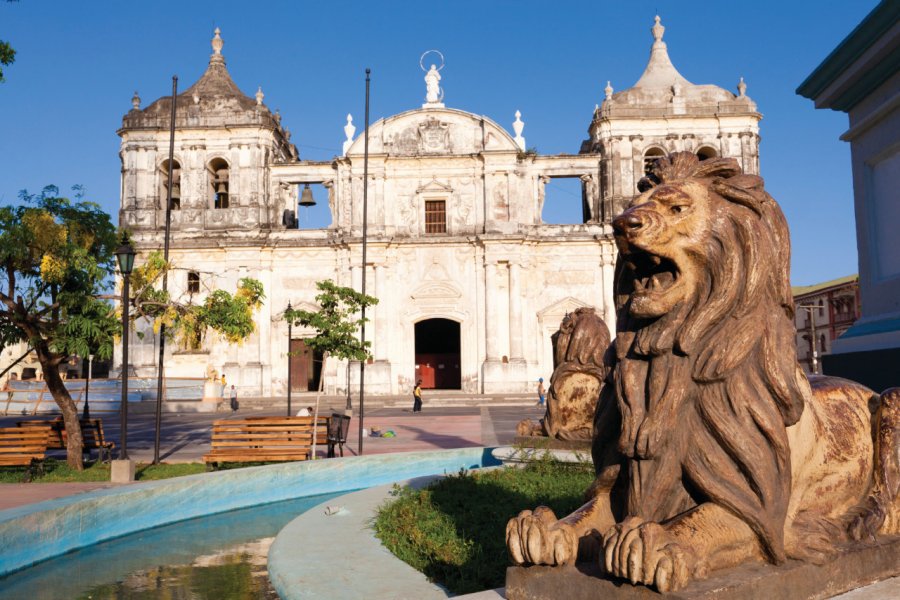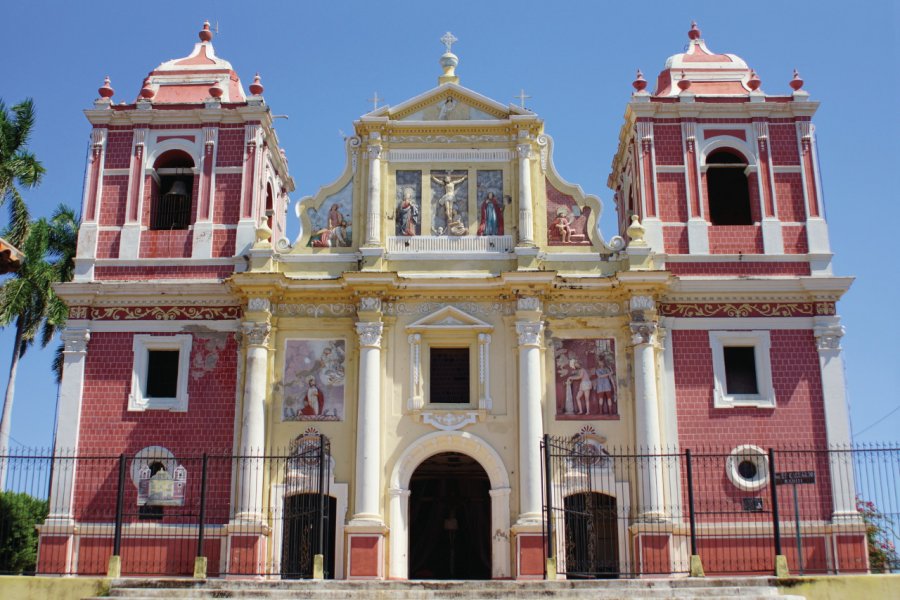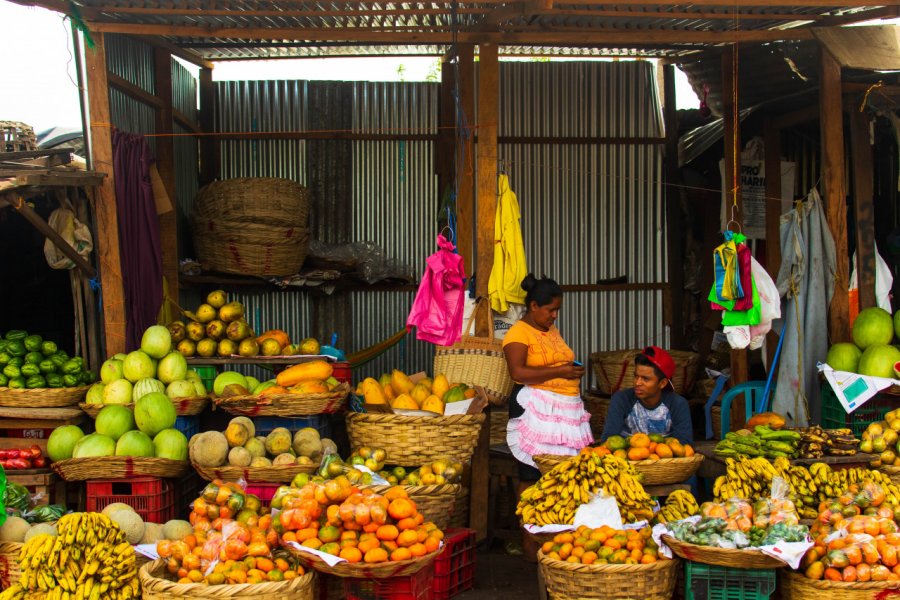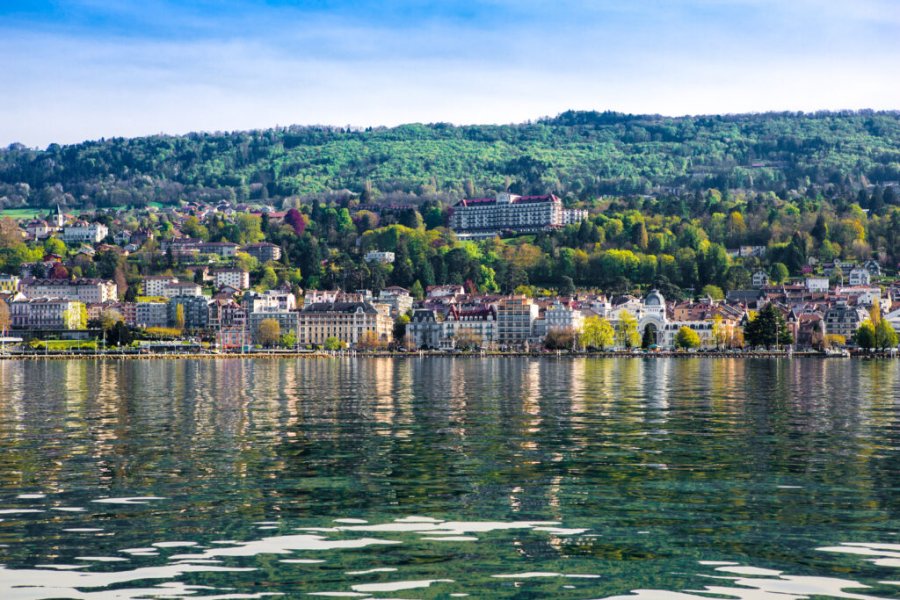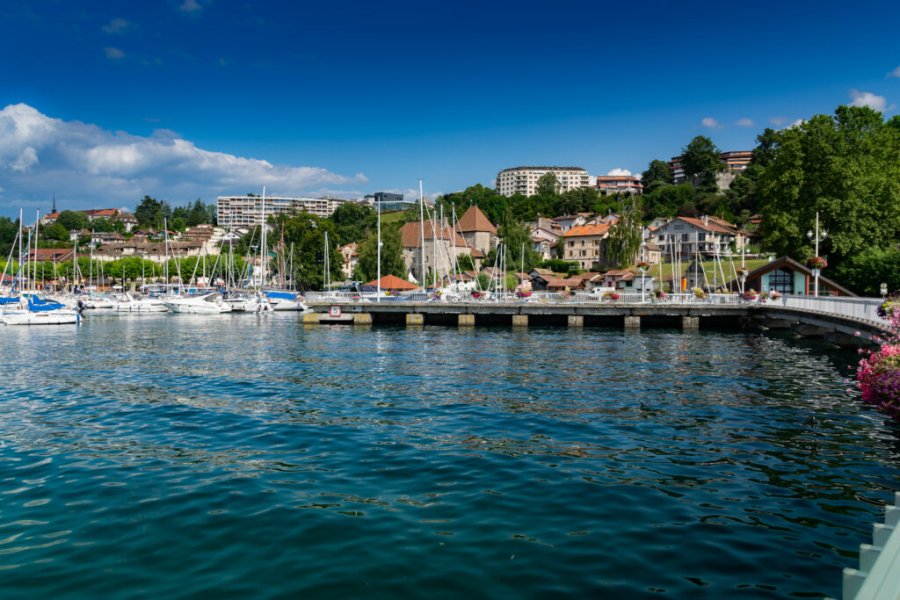In the footsteps of Nicaragua's past, history and culture
Highlights of the trip
During your stay you can enjoy the following highlights: Culture / Heritage, Discovery.
Best times to go
The best time(s) to go is/are : Printemps, Eté, Automne, Hiver.
Where to stay in : Managua ?
The map of your stay "In the footsteps of Nicaragua's past, history and culture"
Detail of the stay : In the footsteps of Nicaragua's past, history and culture
How to get there - Managua
Managua, political capital

Steps: Managua
Arrival in Managua. Spend a night in the capital, take the opportunity to take a guided tour of the city. Images of destruction haunt memories: the city, devastated by the strong earthquake in 1972, was also the epicentre of the civil war. But it is an astonishing capital: it has almost no skyscrapers, and looks more like a large "village village village" lost in what remains of an old bushy forest. The metallic "trees of life", the fruit of the first lady's mad desire, "grow" throughout the city, and invite people to question current political decisions... Start your visit of the city on the Paseo Xolotlan to discover the model reconstructing Managua before the earthquake. Visit the National Palace of Culture and take a tour of the central square where the old cathedral stands.
Places of interest : PALACIO DE LA CULTURA ANTIGUA CATEDRAL DE MANAGUA PASEO XOLOTLÁN
Matagalpa, in the coffee triangle

Steps: Jinotega
Go to Matagalpa. Located at an altitude of 700 metres, close to the towns of Jinotega and Esteli, it also suffered greatly from the revolutions and counter-revolutions of the 1970s and 1980s. From the end of the 19th century onwards, a significant wave of German immigration contributed significantly to the settlement of the surrounding mountains. The economic development of the region has long focused on coffee production and export. You can visit the small Carlos Fonseca Museum, one of the intellectual figures of the Sandinista movement.
Places of interest : MUSÉE CARLOS FONSECA
In the vicinity of Matagalpa

Steps: Matagalpa
Continue exploring Matagalpa and its surroundings. Visit coffee or cocoa plantations, or even a cigar factory in Esteli, where you can also admire many murals strongly inspired by the country's history.
Leon, Liberal capital

Steps: León
Take a bus to Leon, count three short hours of travel. Leon was the capital of the country until 1851. Stroll through its narrow streets with their typical and rather well-preserved colonial architecture. Visit its many churches, as well as the museums of Rubén Darío (the famous poet), Traditions and Legends, and the Ortiz-Gurdian gallery (for art lovers).
Places of interest : MUSEO CORONEL JOAQUIN ARRECHEVALA
In the vicinity of Leon

Steps: La Paz Centro
Go on a day trip to the archaeological site of Leon Viejo. Take a bus to La Paz Centro, then another to Puerto Momotombo, allow two short hours of travel. Listed as a UNESCO World Heritage Site, it is the original site of the city of Leon, founded in 1524. The ruins are not very exceptional in themselves, but the guided tour and its museum are very instructive. This allows you to travel through time and better understand the beginnings of the Spanish conquest. As a bonus, a superb view of Lake Managua and the Momotombo volcano.
Granada, cultural capital

Steps: León
Travel from rebellious, liberal Leon to conservative Granada, nicknamed the "Great Sultana". Both founded in the same year by Captain Francisco Hernandez de Cordoba, these two cities have long been polar opposites: so different in terms of their political currents, yet so similar in terms of colonial architecture and cultural richness. Don't miss a visit to the San Francisco Convent Museum (history of the city and primitive arts) and Mi Museo (archaeology).
